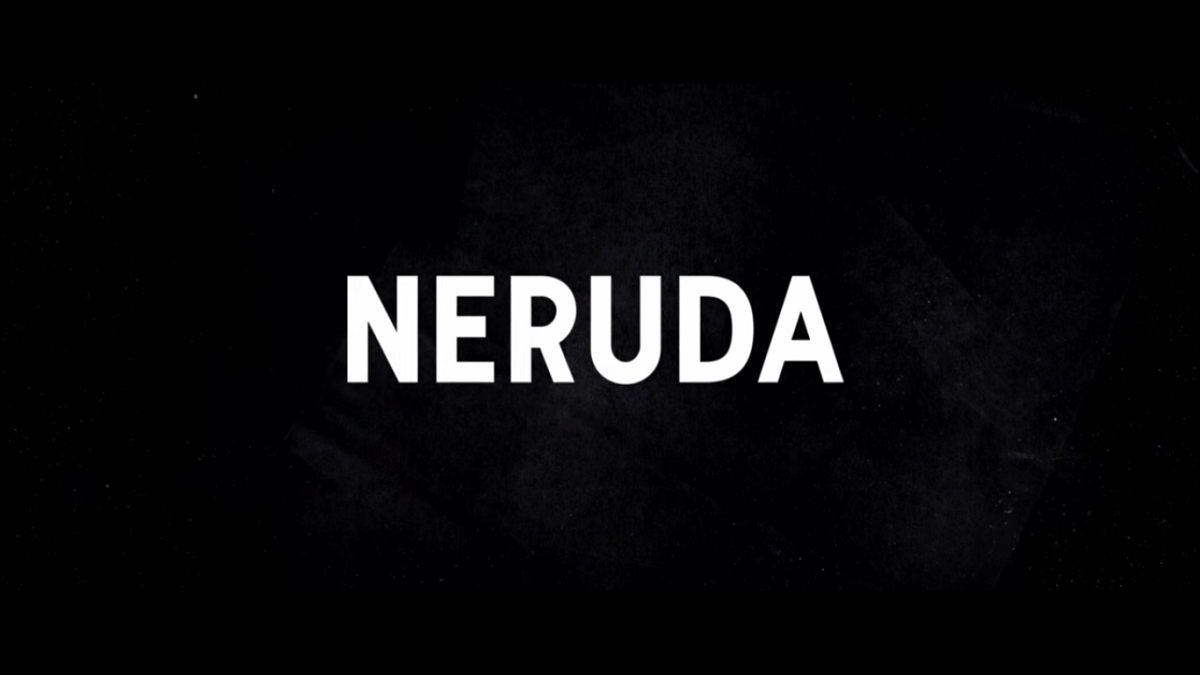Film Review: Neruda
 Supplied
SuppliedNeruda
Directed by Pablo Larraín
Starring Gael García Bernal, Luis Gnecco, and Mercedes Morán
Spanish & French with English subtitles
In theatres this week at the Metro Cinema
(Click to see showtimes)
Dramatic, intriguing, and heavy with the stench of revolution, Neruda is a writer’s wet dream, criticizing the dualism and romanticization of public men through the lens of perception.
Neruda, directed by Pablo Larrain (Jackie, The Club, No, Tony Manero) takes place in Chile in 1948, where communism has just been outlawed. It follows Pablo Neruda (Luis Gnecco), a communist, politician, Nobel Prize-winning poet and voice of the people, and chronicles his flight from persecution through both his own eyes and those of the young detective (Gael García Bernal) assigned to capture him. At an hour and 47 minutes, the film is accessible, but unfolds like a national park map, with many sections and details for inquisitive viewers to linger over.
Foremost in the film is the relationship between Neruda and the detective. The characters are first presented as opposites, men who have never met but know who and what the other is, derisively imagining the other going about their business of flight or pursuit. But as the game of cat and mouse unfolds, the relationship starts to evolve. The duplicitous Neruda begins to venture out of his safe houses to drink and thumb his nose at the authorities, daring to be caught and martyred for his cause. Likewise, the inspector begins to come to terms with a change in himself, a necessary molting to go through if he is to remain committed to bringing Neruda to bear for his “crimes.”
The chase stretches farther from where it started and so too does the two men’s unique connection. Black and white become grey as the foil between Neruda and the detective becomes more and more dynamic, which relieved me, because this evolution is what makes the film. After revealing the main characters and plot arcs within the first 40 minutes, I’ll admit I was worried for a second.
On the surface, it’s a pleasure to watch (though if subtitles kill the mood for you, I might advise a pass). The shots are beautifully composed, many of them filled with light, layer, and vintage cars. Moments of wry humour serve as breathing room for a focused and earnest story, and although the story of “the chase” has been told many times, Neruda invites the viewer to ask the all-important question of why?, adding admirable depth to the catch-me-if-you-can plot. Larrain leaves breadcrumbs for viewers all along the way in the film. Through non-narrative details such as shot composition and wardrobe colours, the film builds a trail of visual clues for the viewer to follow, pulling you deeper into the story Neruda is telling.
After finishing the film, there’s no doubt Neruda is trying to tell you something. It hints at it with a twinkle in its eye, and a smirk dancing on its lips. But it’s not going to tell you outright. All the pieces are there, but much like the detective in the film, you just have to do some legwork.




